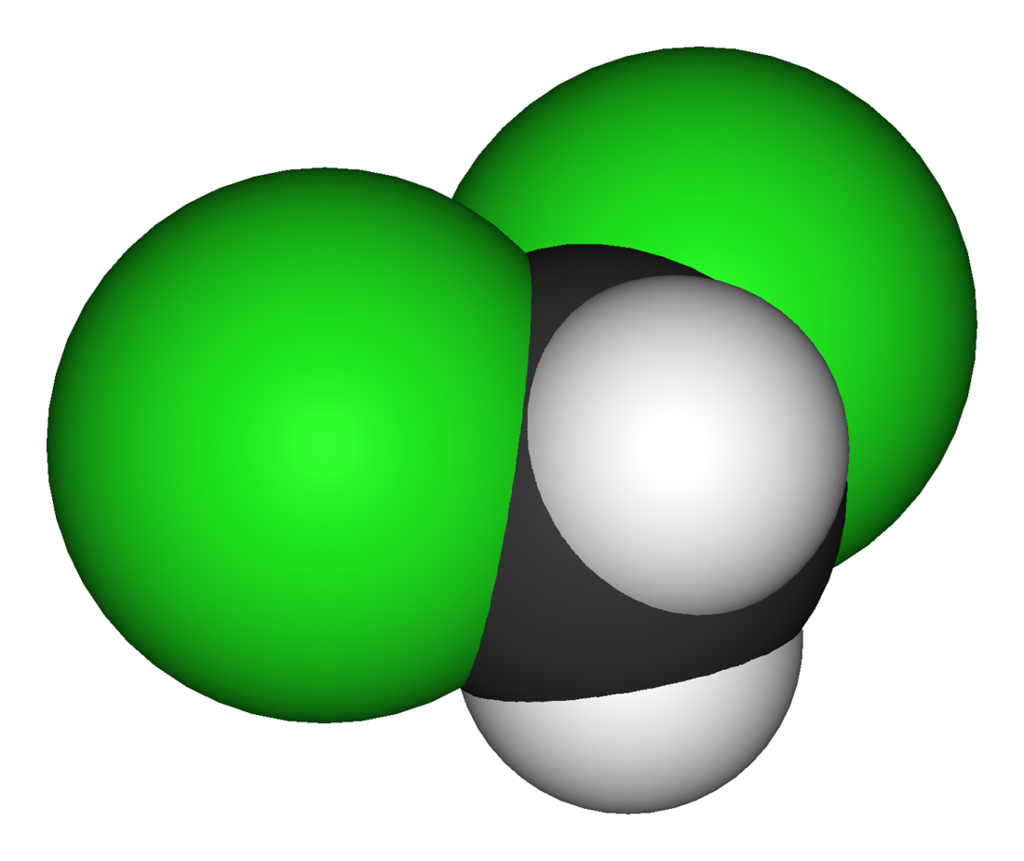Team:Oxford/ouridea
From 2014.igem.org
| Line 36: | Line 36: | ||
</p><br><br> | </p><br><br> | ||
| - | A) Tolerance Maximisation<br> | + | <!--A) Tolerance Maximisation<br> |
Part A aims to report the DCM concentrations tolerated by various bacteria, which is crucial for development, design, and modelling of our DCMation system.<br> | Part A aims to report the DCM concentrations tolerated by various bacteria, which is crucial for development, design, and modelling of our DCMation system.<br> | ||
We will first confirm the previously reported tolerance of DCM concentration by M. extorquens. To explore the possibility of using the more lab-friendly E. coli and P. putida strains in the DCMation system, we will also test their tolerance towards DCM.<br> | We will first confirm the previously reported tolerance of DCM concentration by M. extorquens. To explore the possibility of using the more lab-friendly E. coli and P. putida strains in the DCMation system, we will also test their tolerance towards DCM.<br> | ||
| Line 59: | Line 59: | ||
[1] MacIsaac, Julia, et al. "Fatalities due to dichloromethane in paint strippers: A continuing problem." American journal of industrial medicine 56.8 (2013): 907-910. | [1] MacIsaac, Julia, et al. "Fatalities due to dichloromethane in paint strippers: A continuing problem." American journal of industrial medicine 56.8 (2013): 907-910. | ||
| - | + | --> | |
</div> | </div> | ||
{{:Team:Oxford/templates/footer}} | {{:Team:Oxford/templates/footer}} | ||
</div> | </div> | ||
Revision as of 15:47, 13 August 2014


Dichloromethane (DCM) is a widely-used organic solvent. It is a suspected carcinogen and may cause organ damage through prolonged or repeated exposure, as well as having long-lasting adverse effects on the environment. Current disposal procedures involve incineration, leading to further pollution.
Small-scale use of DCM, for example as the main component of paint strippers, is particularly problematic [1]. Proper disposal procedures are frequently neglected because of the associated expenses and inconvenience, resulting in harmful amounts of DCM being poured down drains, accumulating in waters, where it has a half-life of over 700 years.
Our project aims to develop a safe and simple bioremediation kit based on the bacterium Methylobacterium extorquens DM4. This strain can metabolise DCM via the enzyme DCM dehalogenase, encoded by the gene dcmA. Our DCMation system would allow the untrained user to safely degrade small amounts of DCM. A visual reporter system will signal the absence of DCM without need for specialised equipment, and tell the user when the solution can simply be poured down the drain.
In order to adequately design, develop, and characterise our DCMation system, we have divided the project into four parts. For the extensive modelling aspects of our project, please see the relevant ‘modelling’ tabs.
 "
"
